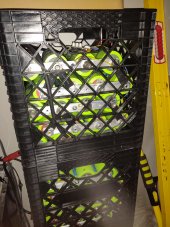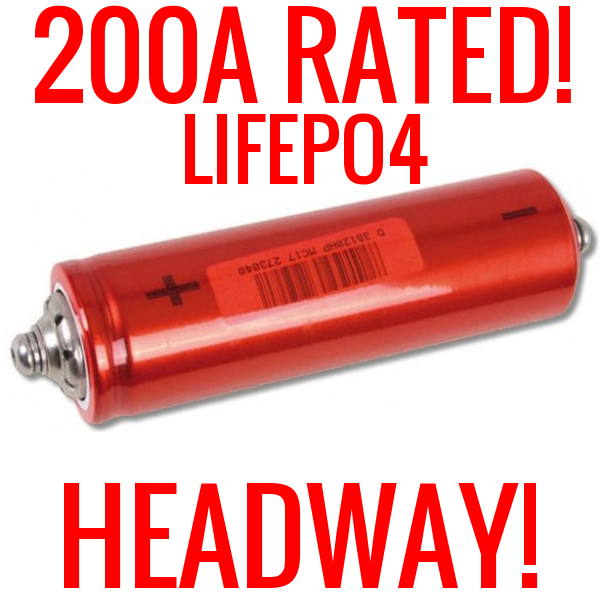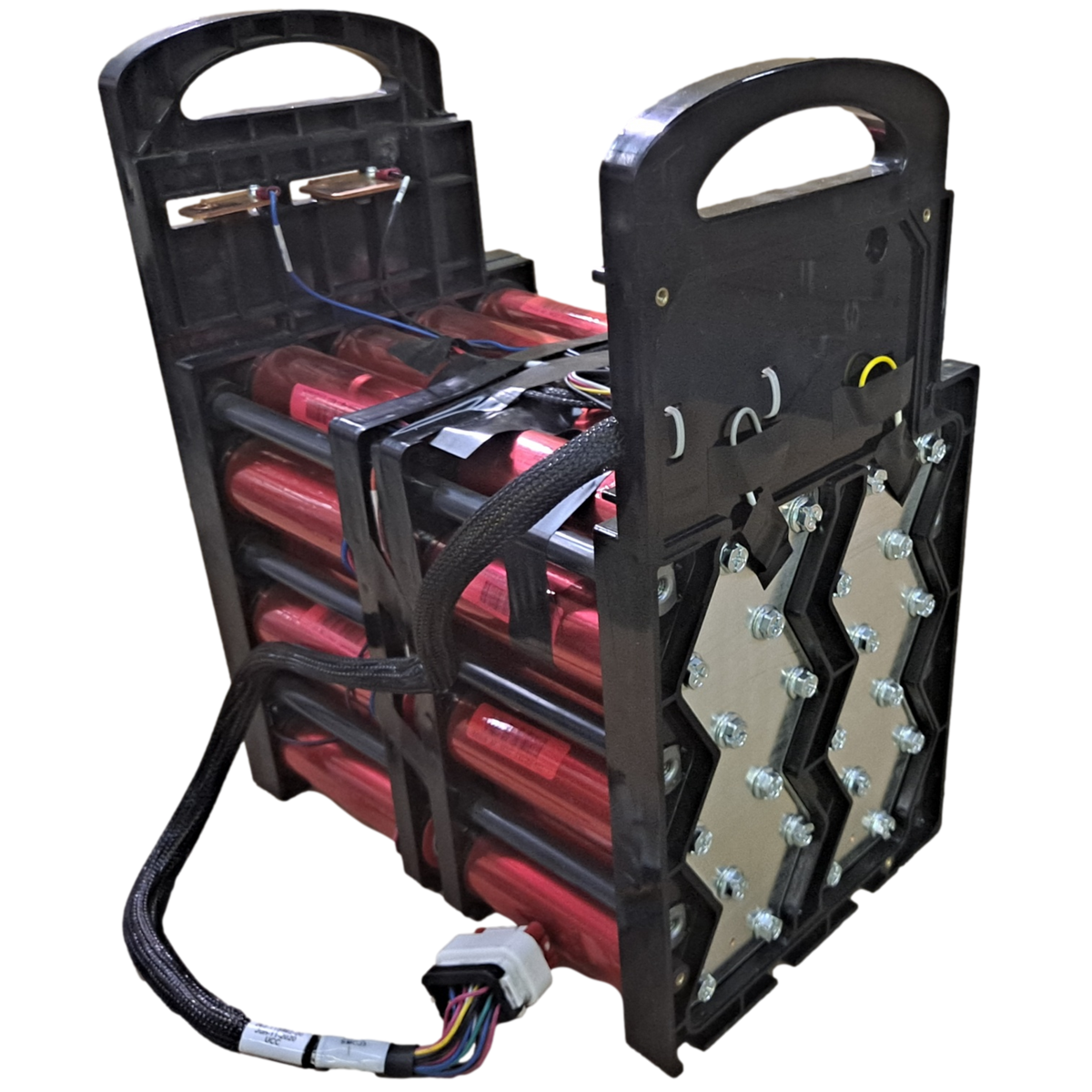This is sort of an edge case, but I'm interested in building a LiFePo "start cart/GPU" for a turbine airplane. The requirements are 28 (ish) volts, and the ability to source 800 amps -very- reliably for a few seconds, with the current rapidly declining towards 200 amps within 30 seconds.
The starter is limited to three 30 second starts (or attempts) within 3 minutes, then a 30 minute cooldown is required, so these loads would be brief.
In practice, the actual load on the starter does peak at 800 or so amps, but declines to negligible in 15-20 seconds
A secondary use would be to power the aircraft's electrical systems while on the ground, for a maximum of 70 or so amps for maybe an hour or two. There are two onboard generators capable of providing 200 amps (main) or 70 amps (backup) and the systems will never approach those limits on the ground except for a second or so to test the electric deicing.
I know the cells are capable of this, since electric cars routinely dump very high currents into the motors.
A failure of the battery or wiring after fuel is introduced and before the engine is turning fast enough to spin itself can result in a "hot start" which is potentially very bad and very, very expensive.
Most of the BMSs I see though are not capable of more than 50-100 amps continuous.
Is it feasible to make an "8s" battery with something like EVE cells, and just bypass the BMS with heavy gauge wiring/bus bars for the starting loads?
I would anticipate using a commercial BMS for charging and the continuous loads
The starter is limited to three 30 second starts (or attempts) within 3 minutes, then a 30 minute cooldown is required, so these loads would be brief.
In practice, the actual load on the starter does peak at 800 or so amps, but declines to negligible in 15-20 seconds
A secondary use would be to power the aircraft's electrical systems while on the ground, for a maximum of 70 or so amps for maybe an hour or two. There are two onboard generators capable of providing 200 amps (main) or 70 amps (backup) and the systems will never approach those limits on the ground except for a second or so to test the electric deicing.
I know the cells are capable of this, since electric cars routinely dump very high currents into the motors.
A failure of the battery or wiring after fuel is introduced and before the engine is turning fast enough to spin itself can result in a "hot start" which is potentially very bad and very, very expensive.
Most of the BMSs I see though are not capable of more than 50-100 amps continuous.
Is it feasible to make an "8s" battery with something like EVE cells, and just bypass the BMS with heavy gauge wiring/bus bars for the starting loads?
I would anticipate using a commercial BMS for charging and the continuous loads










